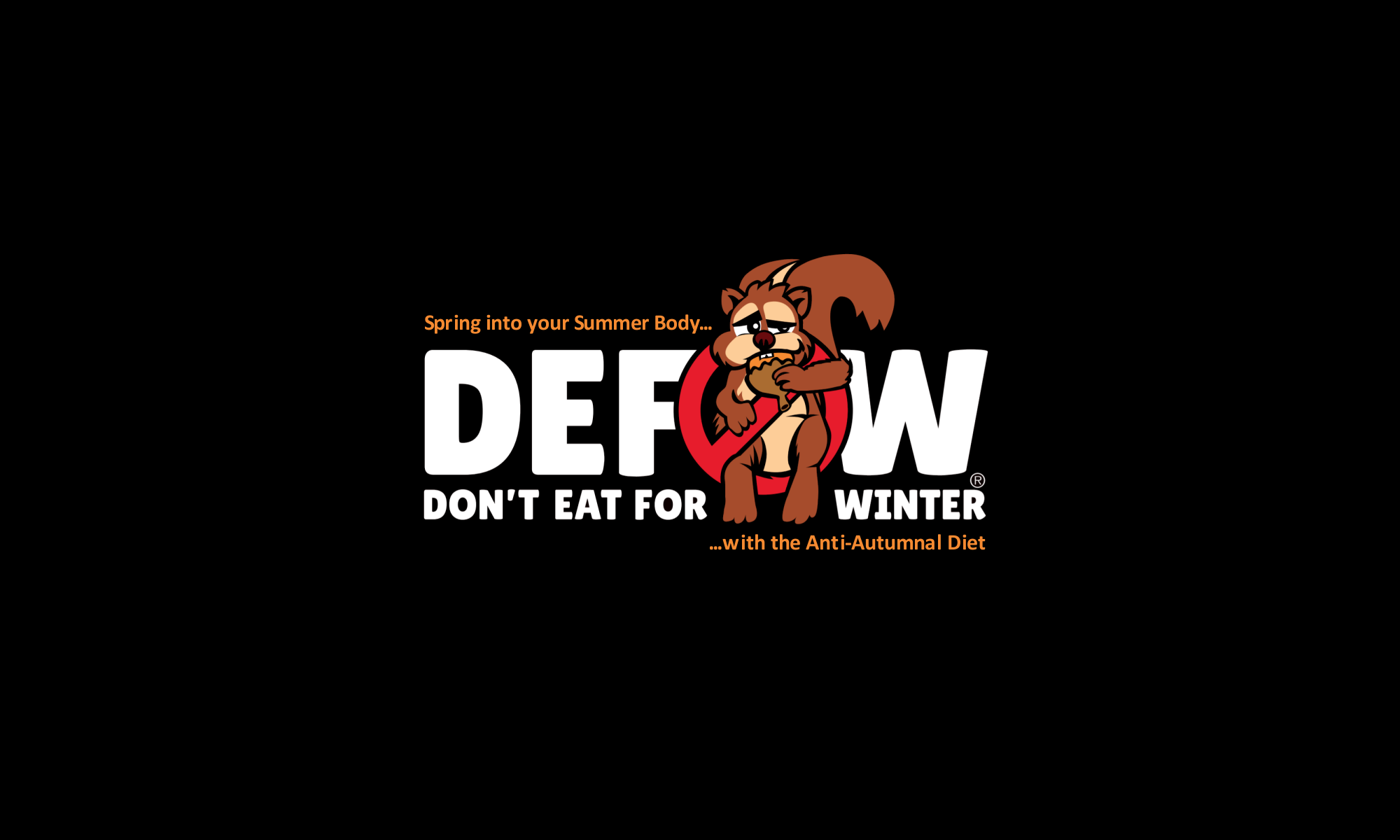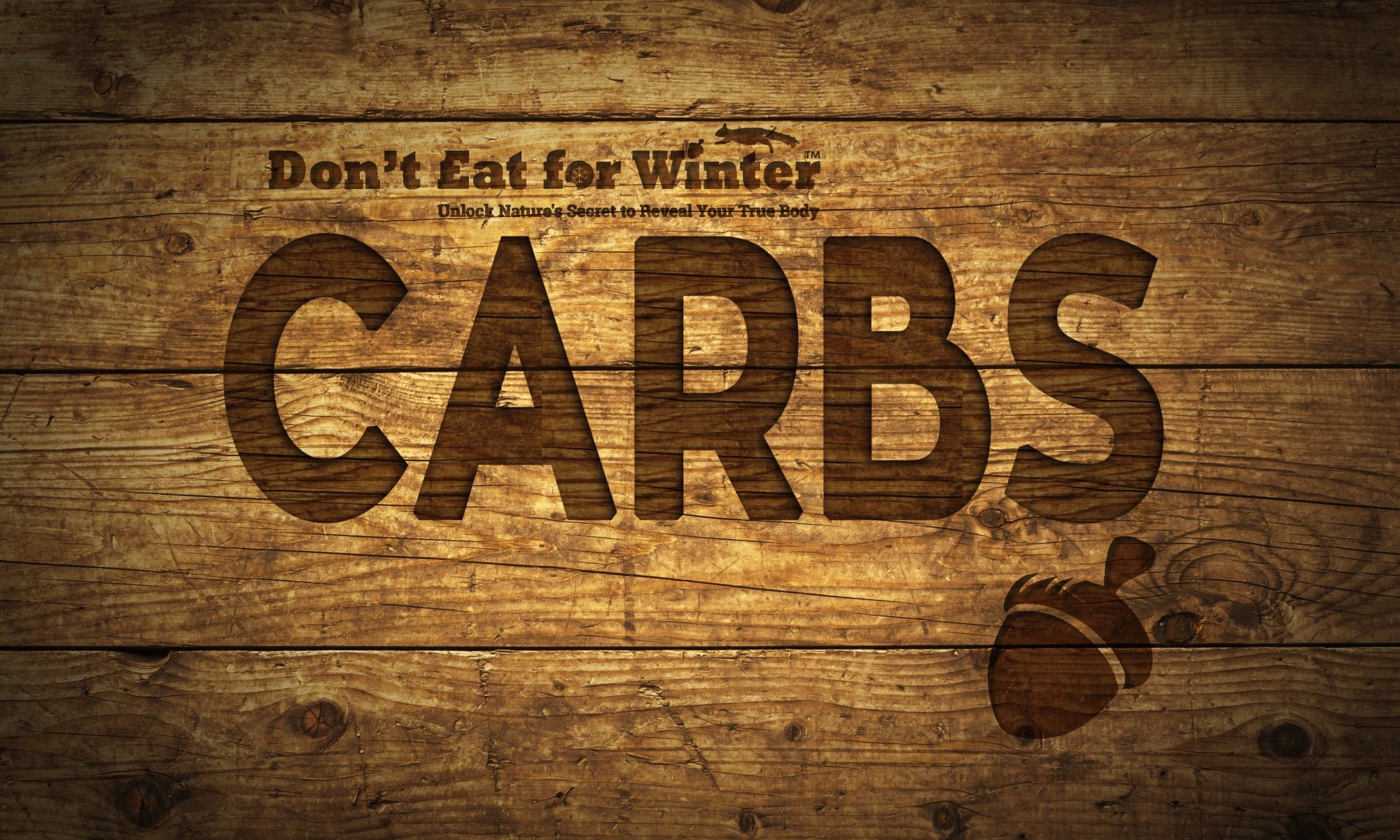What are carbs is not a silly question, many people get confused so let’s tease it out…
Carbs are short for carbohydrates. Essentially a form of sugar that comes in many forms. All are types of saccharide (a molecule), which is the greek for sugar.
There are basically 4 groups: monosaccharides, disaccharides, oligosaccharides, and polysaccharides.
The names give away a bit about the molecules, mono means 1 or very simple sugar, di means 2, oligo 2-10 and poly complex molecules.
Let’s forget about the chemistry and put it into layman’s terms:
- monosaccharides and disaccharides are known to us as sugar (which occurs naturally in fruits, berries, milk, honey ie anything sweet to taste). Most sugars end with ‘ose’ e.g. sucrose, fructose, lactose, glucose.
- polysaccharides are known to us as starch e.g corn, wheat, potatoes, some vegetables etc.
When either a sugar or starch goes through our stomachs, they get converted into monosaccharides like fructose and glucose, a simple, important sugar or monosaccharide, which then circulates through the bloodstream to be used for various purposes, primarily energy e.g. to fuel the brain, or to store in muscles as a polysaccharide known as glycogen. The body releases insulin to deal with glucose.
The stomach can quickly process sugars and starches without fibre, they enter the bloodstream fast, these sorts of foods have a high GI (glycemic index ie a score of how fast it affects blood sugar levels). Fructose has a slightly different effect than glucose in terms of insulin response and so can also raise the GI of the food as the sugar is not absorbed as quickly as glucose.
In nature, starchy and sugary carbs are most often accompanied with fibre, both soluble (flesh of fruit), which is digestable, and non-soluble (bran of grain), which is undigestable. Fibre often contains minerals and vitamins, slows digestion (lowering the GI of the food) and helps passing waste. It has also been shown to reduce cholesterol.
These days, processed foods take the tasty sugar and fluffy starch from the food and discard all of the fibre, and so the foods have a very high GI and very little nutrient content. Vitamin B1, Thiamine was discovered when polished rice (rice with the outer bran removed or white rice i.e. refined carb), was the main staple of people in south east asia. People got very sick and eventually it lead to the discovery of vitamins. Today we get vitamin B in our diets, but it goes to show the importance of fibre above and beyond helping to pass waste and slow down digestion of sugars. It typically serves many purposes, containing various vitamins and minerals depending on the produce.
Nature seduced us with sugars, it made the food taste good, but natural foods containing sugars are also delivery mechanisms for nutrients. Refined versions tastes bloody good though, because they are the bits that invoke our ancient, primal, survival instincts. However, these foods have such a high GI, they cause pronounced blood sugar spikes a severe resulting insulin response in the body and can cause problems for the body in the long term such as diabetes, where your cells become resistant to insulin or the pancreas itself malfunctions. There can be other effects too such as leptin resistance caused by fructose, which can also accelerate weight gain.
We’re not designed to eat natural autumnal produce for the entire year, never mind their highly processed derivatives so…
…Don’t Eat for Winter!
(not all of the time anyway)
Latest posts by Cian (see all)
- The worst macro combination for fat loss - May 11, 2021
- Top 200 Most Fattening Foods (most autumnal) - March 19, 2020
- Is there such a thing as The Perfect Diet? - November 22, 2019

